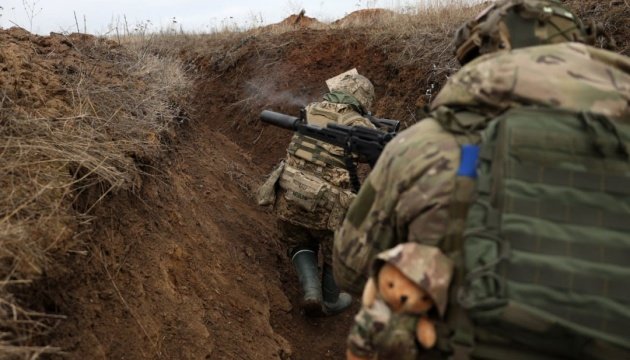Today 🇬🇪celebrate #Didgoroba. Didgoroba marks King David IV's defeat of the Seljuk Turks in the battle of Didgori, which ultimately led to the reconquest of Tbilisi,and brought about the Georgian Golden Age and is celebrated in the Georgian chronicles as a "Miraculous Victory"
1/
1/
The Muslim powers became increasingly concerned about the rapid rise of the Christian state in the southern Caucasus and even considered it a greater threat than the Crusaders in Palestine, whom they managed to contain on the coast.
2/
2/

In 1121, Sultan Mahmud Muhammad declared a holy war on 🇬🇪and rallied a large coalition of Muslim states led by the Artuqid Najm al-din El-ğazi and Toğrul Muhammad, the Seljuqid ruler of Arran and Nakhichevan.The coalition was also supported by lesser but important local rulers
3/
3/

including the King of the Arabs Dubays Sadaqa and Tughan-Arslan,lord of Arzin, Bidlis and Dvin. Najm al-din El-ğazi had just celebrated his great victory over the Crusaders under King Roger of Antioch at Balat in 1119 & enjoyed the reputation of an experienced Muslim commander
4/
4/
The size of the Muslim army is still a matter of debate with numbers ranging from a fantastic 600,000 men (Walter the Chancellor’s Bella Antiochena, Matthew of Edessa) to 400,000 (Smbat Sparapet’s Chronicle) while estimates of Georgian historians vary between 100,000–250,000.
5/
5/

Muslims made massive preparations, gathered an army that was several times larger than any engaged in the Holy Land, and vastly outnumbered the Georgians. In mid-summer 1121, the Muslim troops advanced along various routes and Entering Georgian territory
6/
6/

On 10 August, the enormous Muslim army bivouacked on a vast field near Didgori, about a day’s march from Tbilisi.
7/
7/
🇬🇪 battle plan involved a cunning move.On the morning of 12 August, some 200 cavalrymen departed the Georgian camp and rode to the enemy side,indicating they wanted to defect.The Muslim commanders,surprisingly, not only allowed them into the camp but also gathered to meet them
8/
8/

At a signal, the Georgians suddenly unsheathed their swords and attacked them, killing and wounding most of them. Observing the confusion in the enemy camp, King David ordered a general attack on the enemy positions while his son Prince Demetre charged the enemy flank.
9/
9/

With their leadership in disarray, the Muslims in the frontline failed to organize any resistance, while those in the back soon became so disorganized that the entire battle lasted only three hours before the enemy army fled in disorder.
10/
10/
According to the Georgian chronicler, King David’s troops pursued them for three days, “putting all of them to the sword and leaving them to the carnivorous beasts and birds of the mountains and plains.”
11/
11/
The Armenian historian Matthews wrote that “terrible and savage slaughter of the enemy troops ensued and the [enemy] corpses filled up the rivers and covered all valleys and cliffs,” and claimed that less than a hundred men survived from every thousand.
12/
12/
The Muslim commander-in-chief El-ğazi himself was wounded and fled with the few surviving escorts while his son-in-law Dubays Sadaqa barely escaped. The Georgians captured the entire enemy camp and the fabulous riches it contained.
13/
13/
The unification of Georgia and the elimination of Muslim authority was completed in the year following the battle at Didgori. David laid siege to and captured the city of Tbilisi which became a royal town, the capital of Georgia, "for ever an arsenal and capital for his sons"
14/
14/

• • •
Missing some Tweet in this thread? You can try to
force a refresh

















